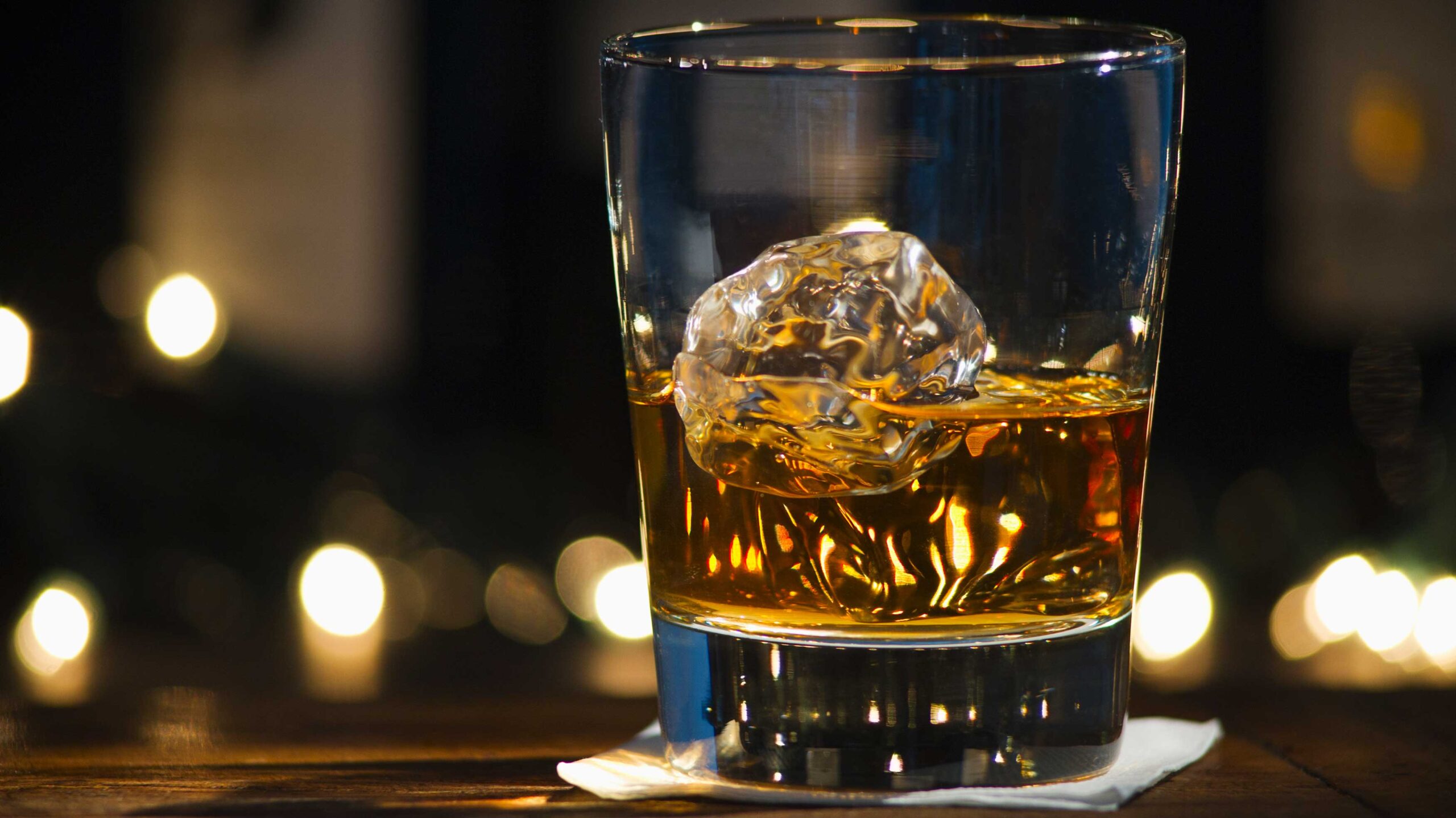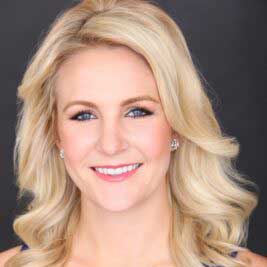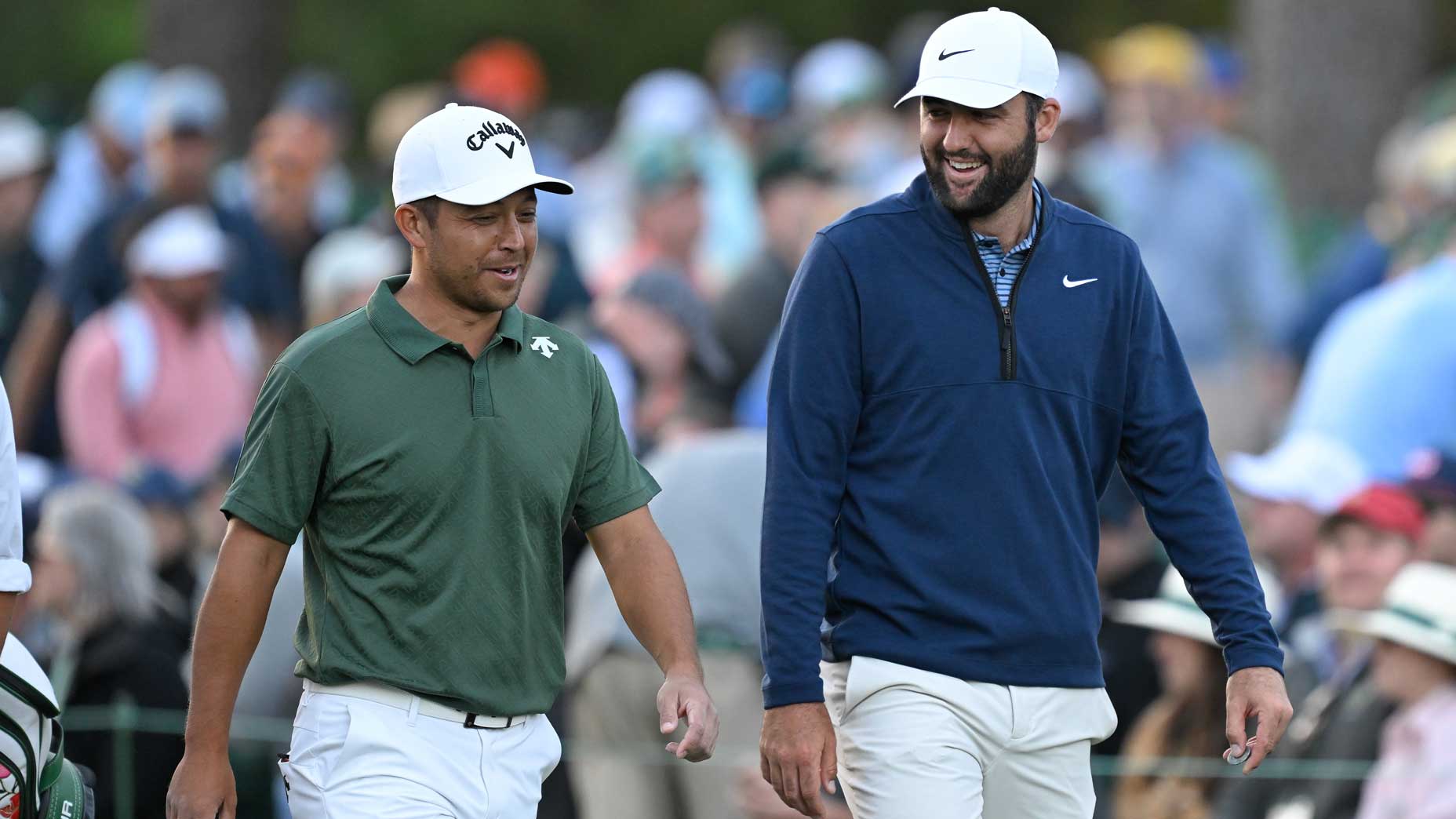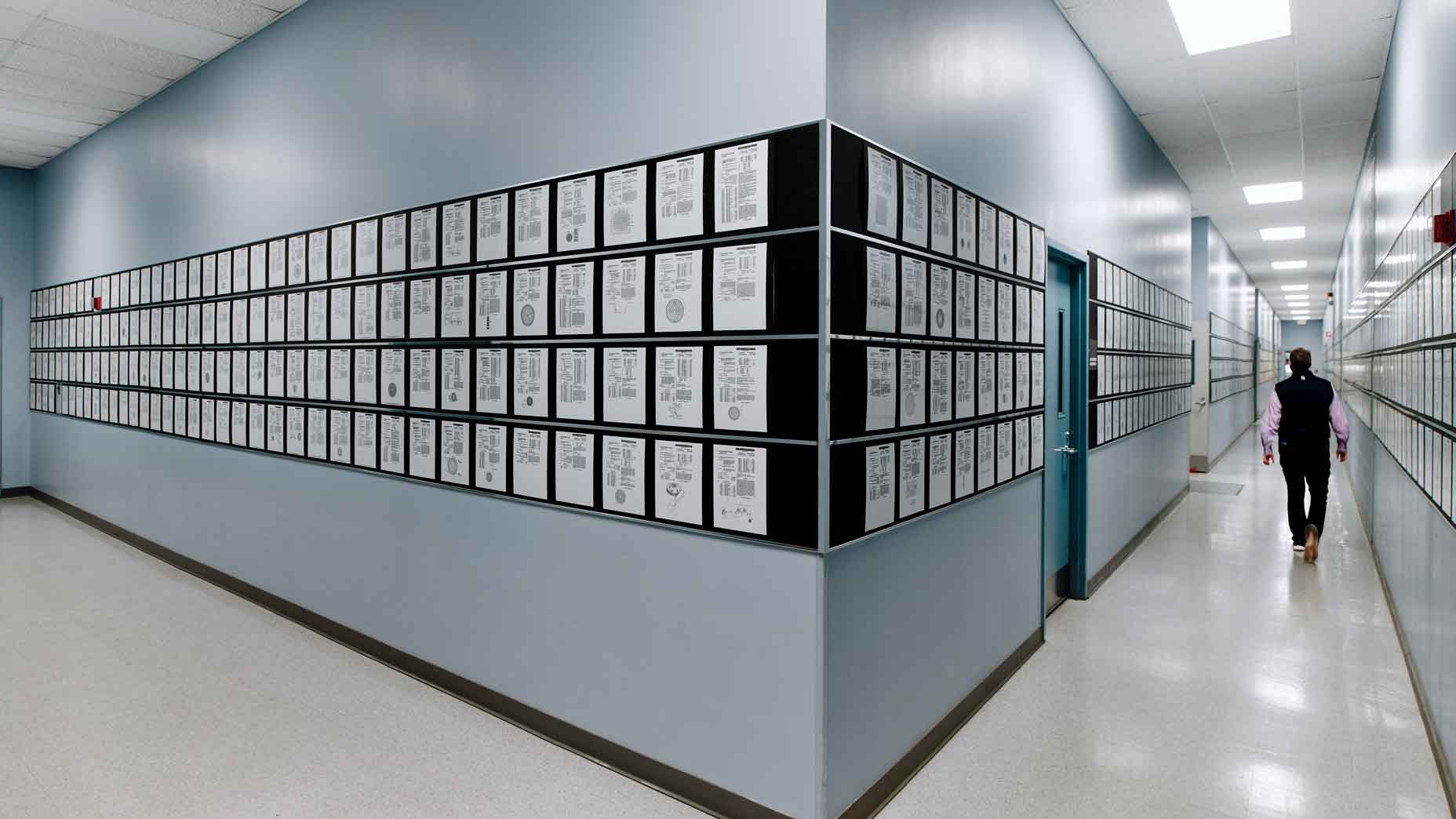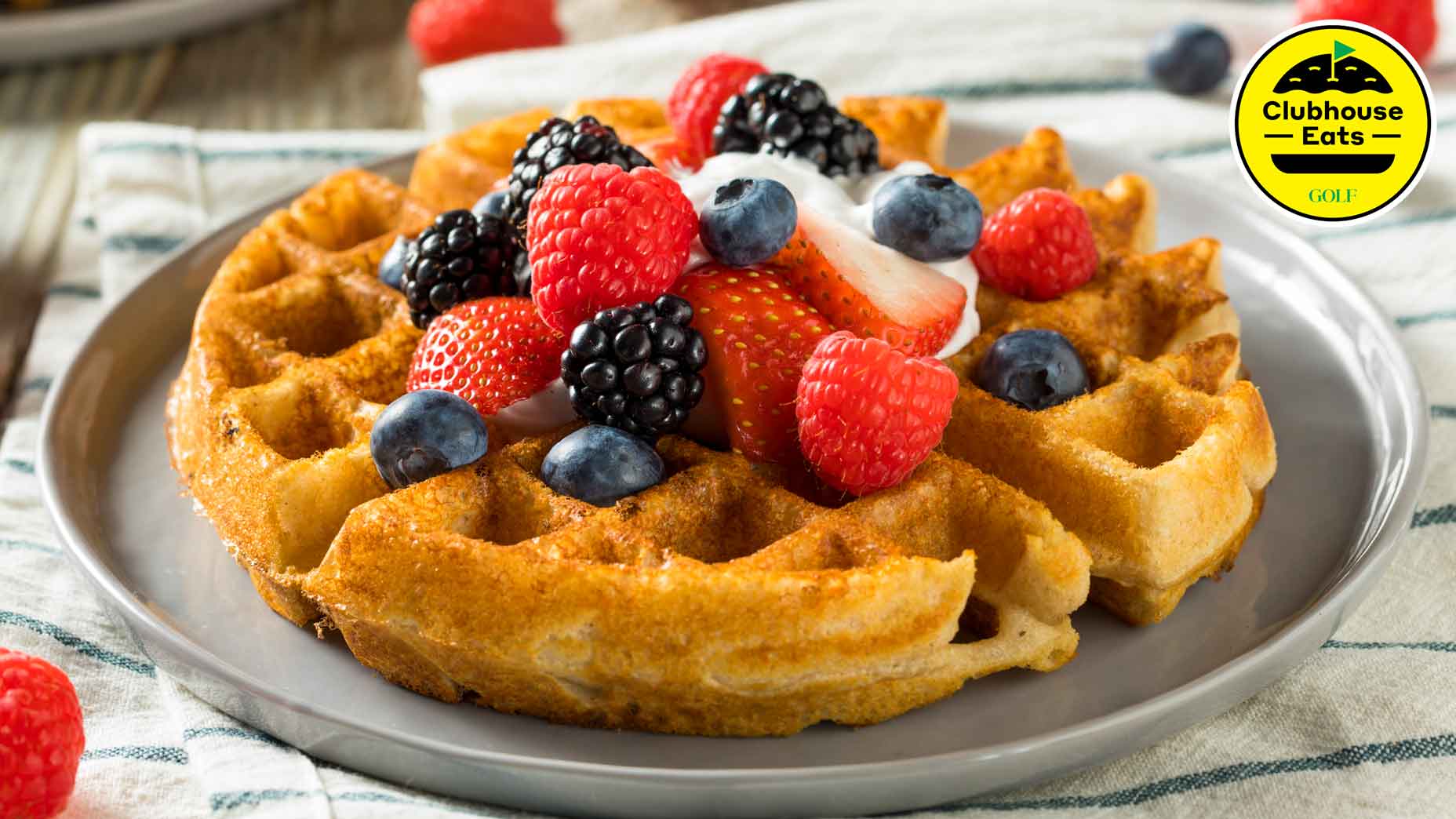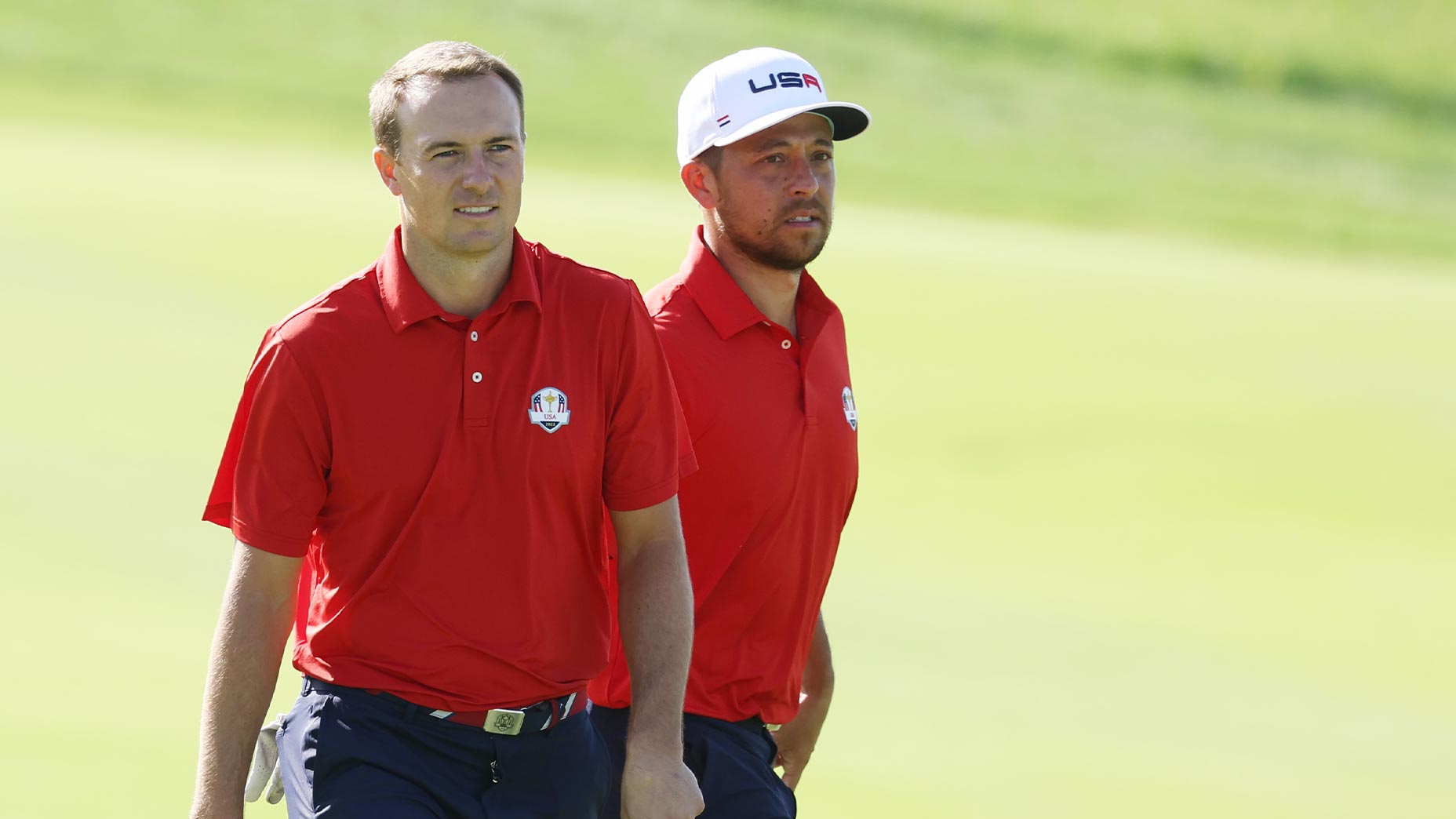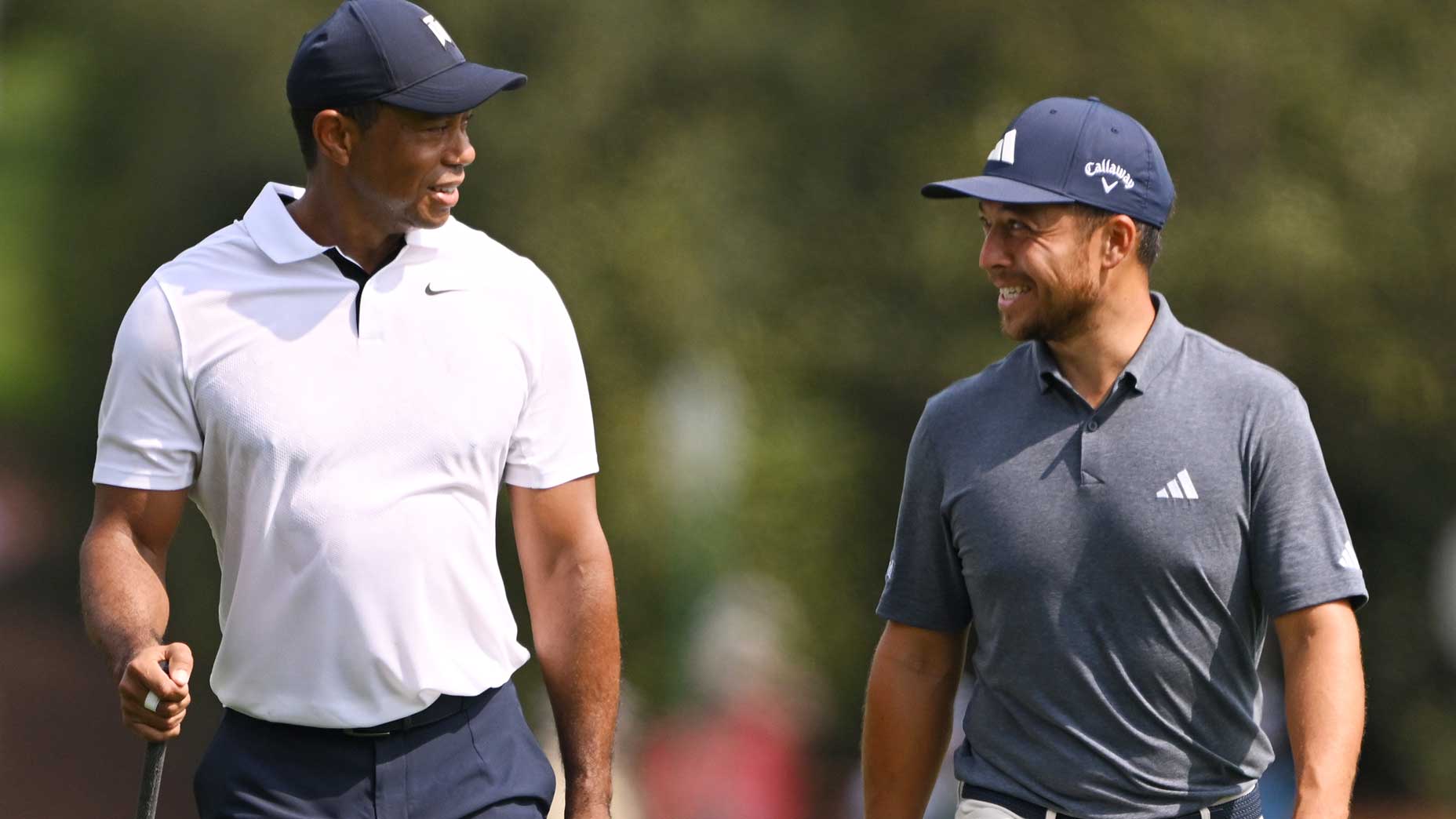This year’s PGA Championship host state is the birthplace of an American classic: bourbon
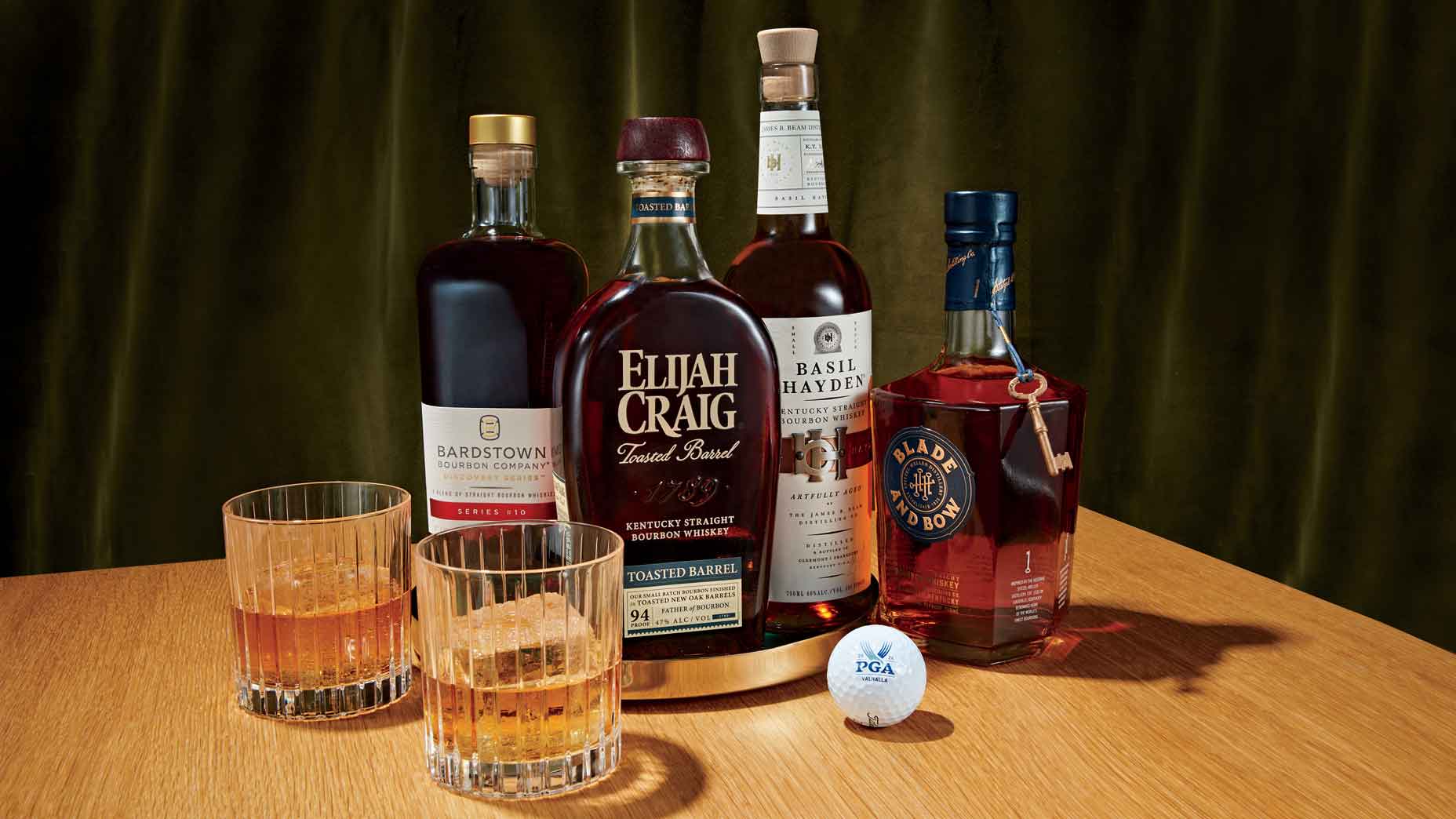
That's the spirit! The bourbon is plentiful in Louisville, Ky., home of the 2024 PGA Championship ay Valhalla.
Shana Novak
This year marks the 60th anniversary of Congress’ declaration of bourbon whiskey as “America’s native spirit,” and Kentucky — the host state of this week’s PGA Championship, which will be held at Louisville’s Valhalla Golf Club — is where nearly all of it is made.
What is bourbon, exactly? Think of it this way: All bourbon is whiskey, but not all whiskey is bourbon. To be considered bourbon, the spirit must meet specific criteria: It must be made in the United States, its mash (the mixture of grains from which the product is distilled) must contain at least 51 percent corn, and the distillate must be stored in new charred-oak barrels and not contain any additives. There are also some distillation guidelines to follow: The mash must be distilled at 160 proof or less and aged in barrels until it is no more than 125 proof.
Downtown Louisville, 18 miles west of Valhalla, is known as Bourbon City, and it’s easy to see why. It’s the only city in the world with more than 10 distillery experiences, a bourbon cocktail and culinary trail — even bourbon-themed accommodations and shopping. So, if tasting bourbon is part of your PGA Championship agenda, make sure you don’t miss Doc Crow’s, an expansive restaurant and bar housed in a renovated distiller’s warehouse located on the city’s historic Whiskey Row.
Not sure what to order? The staff at Doc Crow’s can guide you through the restaurant’s “Bourbon Bible,” which showcases more than 3,100 varieties of whiskey and 900 bourbons — reportedly the largest public collection in the Western Hemisphere. It’s an understandably popular haven for tourists, many of whom seek expert guidance for their bourbon experience.
James Wardley, Doc Crow’s front-of-house manager, knows exactly how to advise them. “When I’m facing a bourbon for the first time, my traditional method, which I’ve been taught over the years, is to do it neat,” he says. “So no ice at first try. Sample it and then take a sidecar of water and add a couple of drops until you get to the point where the bourbon is diluted enough so that you can actually pick up the flavor profile.”
At that point, Wardley says, you’ll find you can pick out flavors like leather, caramel, chocolate and salt. And once you home in on what you like, finding complementary flavor profiles in other bourbon varieties is an enjoyable endeavor.
But, if your bourbon-tasting plans don’t entail a trip to Louisville, fear not! There’s a reason the spirit is revered for its versatility. Grab a bottle from your local liquor store that you can enjoy neat or as the base spirit in just about any cocktail your heart desires.
“The bourbon core flavor profile is so approachable and so delicious,” says Dan Callaway, vice president of product development at Bardstown Bourbon Company, also located on Whiskey Row. “If you’re a little shy about getting into spirits — maybe you’ve tried a Scottish whisky — your answer is bourbon. It is just a perfect way to pair flavors that malt whiskey can never do. Bourbon is based on corn, which gives it a naturally rounder, sweeter, more approachable profile that’s an easy sipper and, more importantly, easier to mix in cocktails.”
So where’s a newbie mixologist to start? Callaway says it’s best to embrace bourbon’s natural flavors. “Start with just a simple Bardstown Bourbon Company whiskey sour,” he says. “Take a classic bourbon, lemon juice for your acid and sugar for your sweetness. You just need to balance three things: bourbon, lemon and sugar. You will have an amazing time.”
If that sounds a little too complex, Callaway says, go an even simpler route: bourbon and ginger beer on ice. “The spice from bourbon — the fact that it’s made in a new charred-oak barrel giving it all that richness — with the ginger beer is perfect,” he says. And don’t forget to pair it with something delicious — say, caramel toffee popcorn or a rich beer-cheese dip.
Ultimately, as with all spirits, your way of enjoying it is the best way, and, luckily, in the world of bourbon there’s always something new to try.
“Once you develop your palate and the verbiage for it,” Wardley says, “it’s amazing the flavors that pop out when you try a few things.”
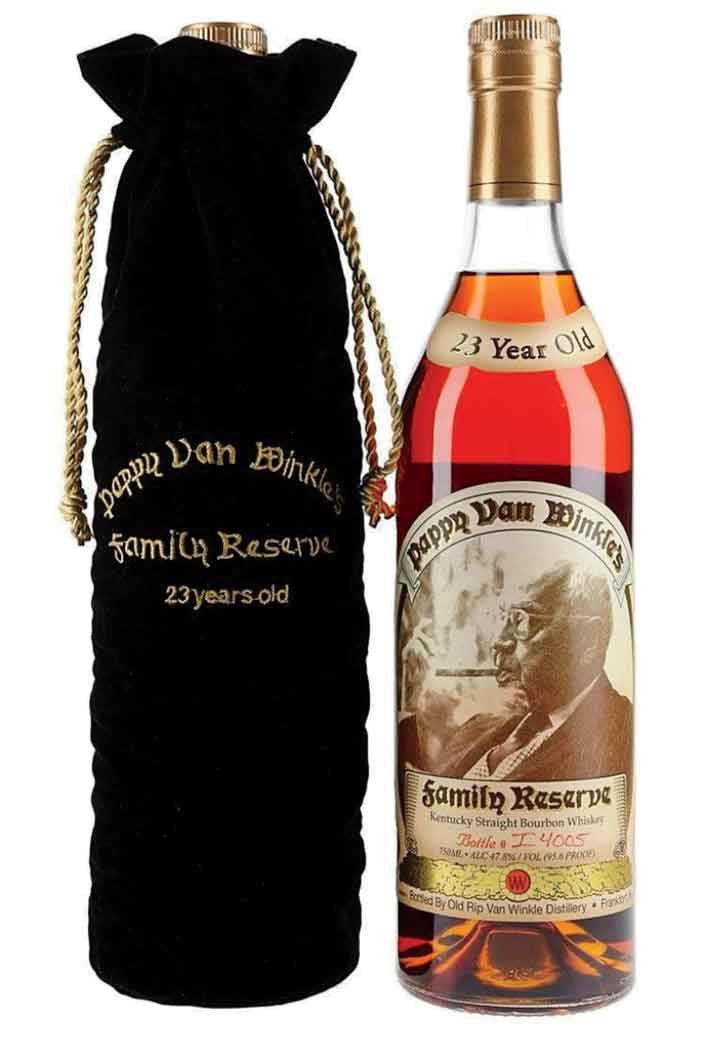
This one’s money
A bottle of Pappy Van Winkle Family Reserve 23-year runs around $300 in stores. However, the Frankfort-based distillery releases a very limited number of bottles to retailers. From that point, it’s whatever the market will bear, and it’s not uncommon to see a bottle of Pappy 23 online in the $6,000 range.
Rarity aside, the whiskey is a deep amber red with hints of caramel, apples, cherries, oak, tobacco and chocolate. It uses wheat instead of rye in the mash, resulting in a smooth taste. Drink it neat.

